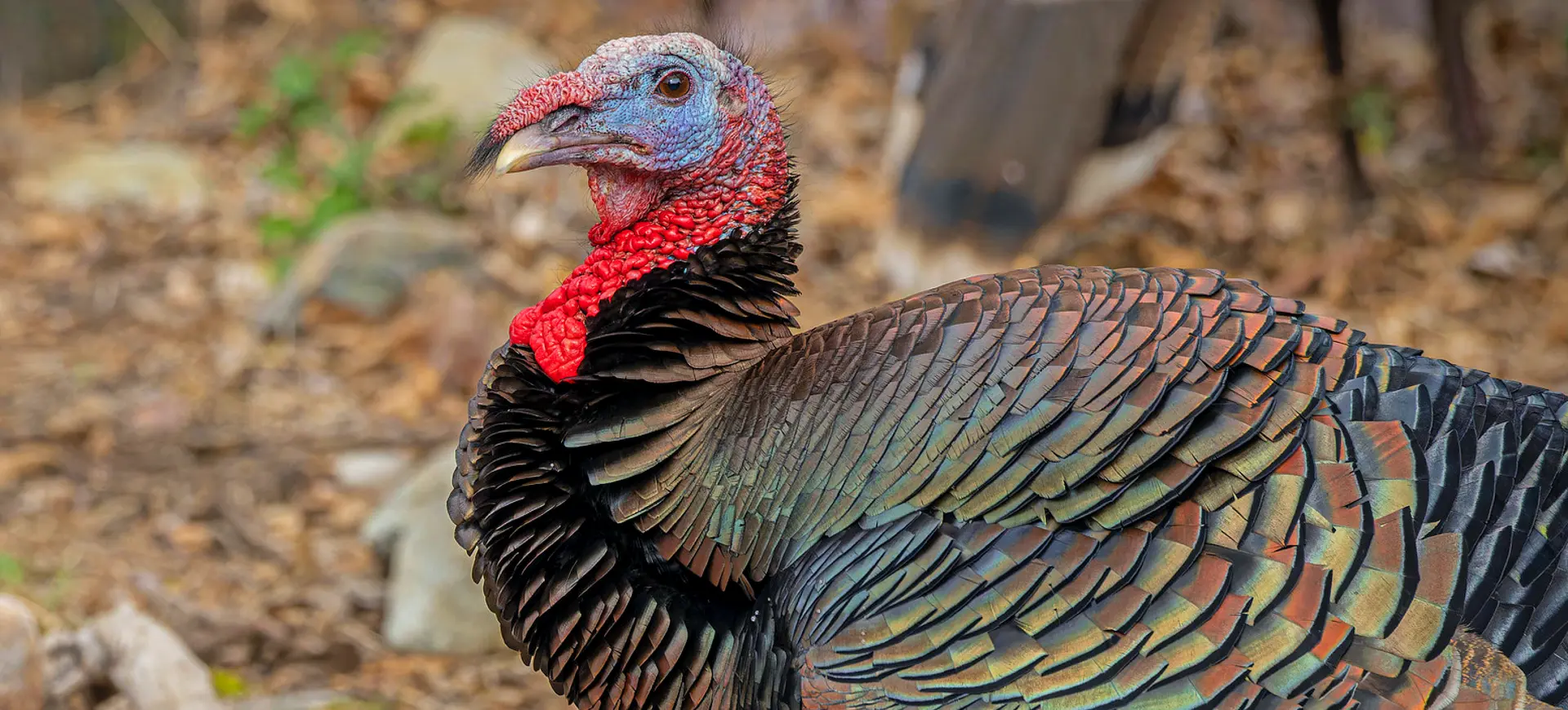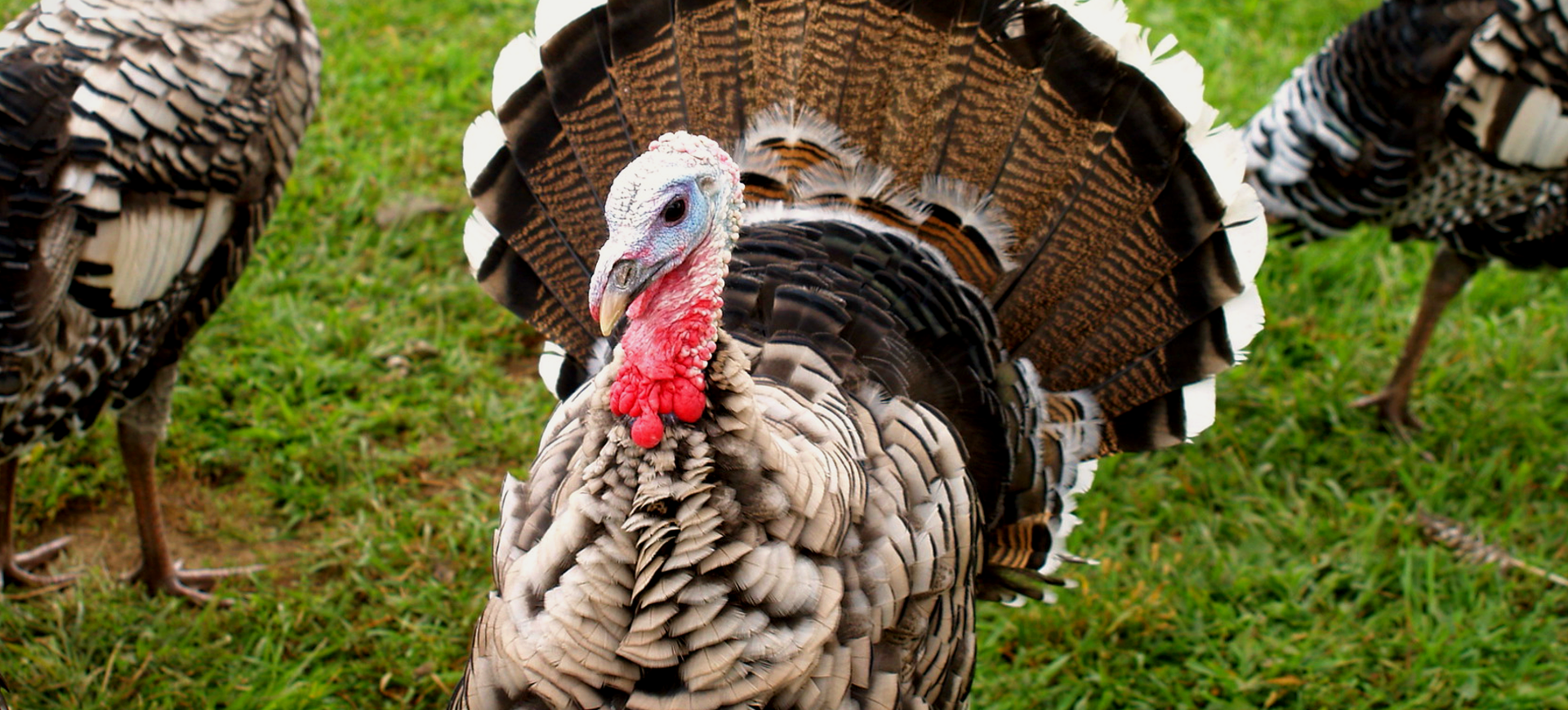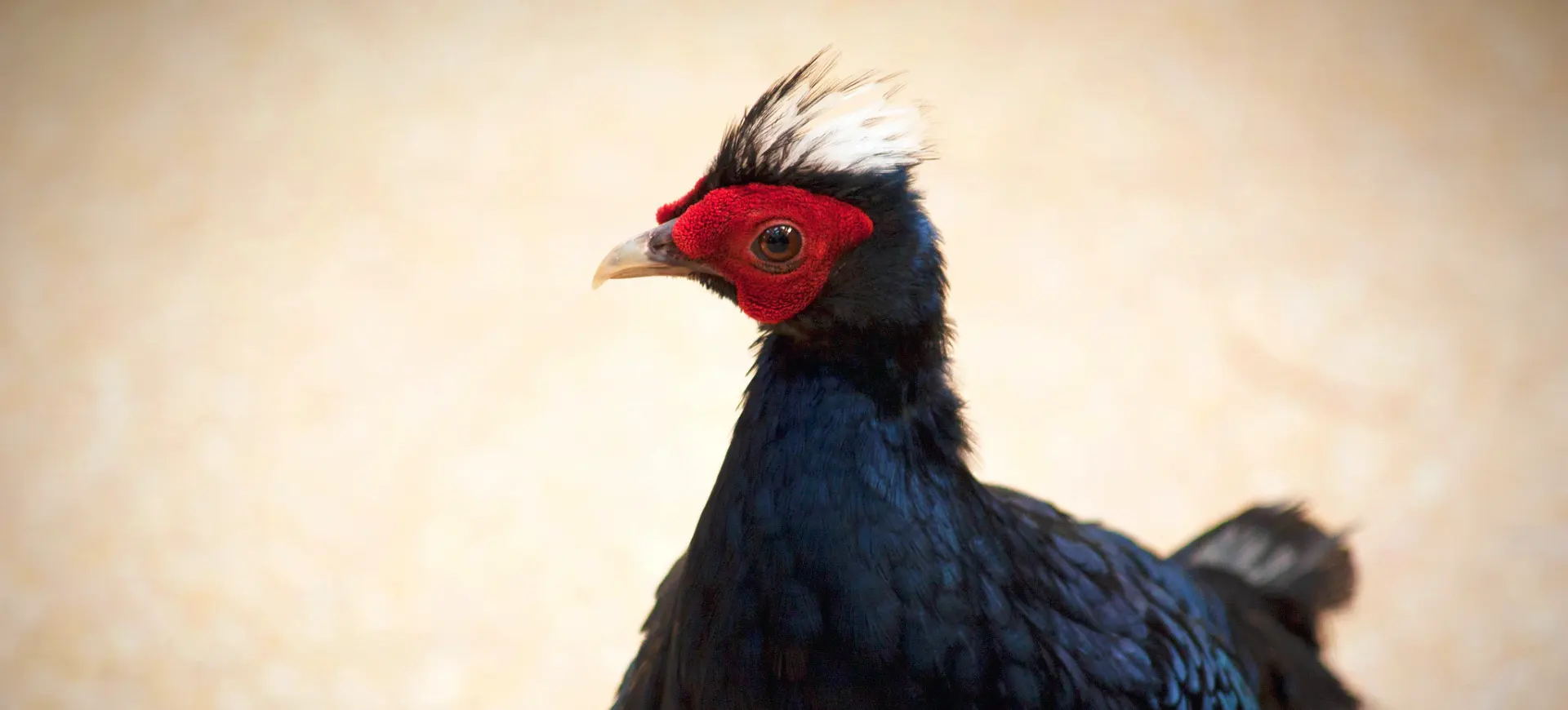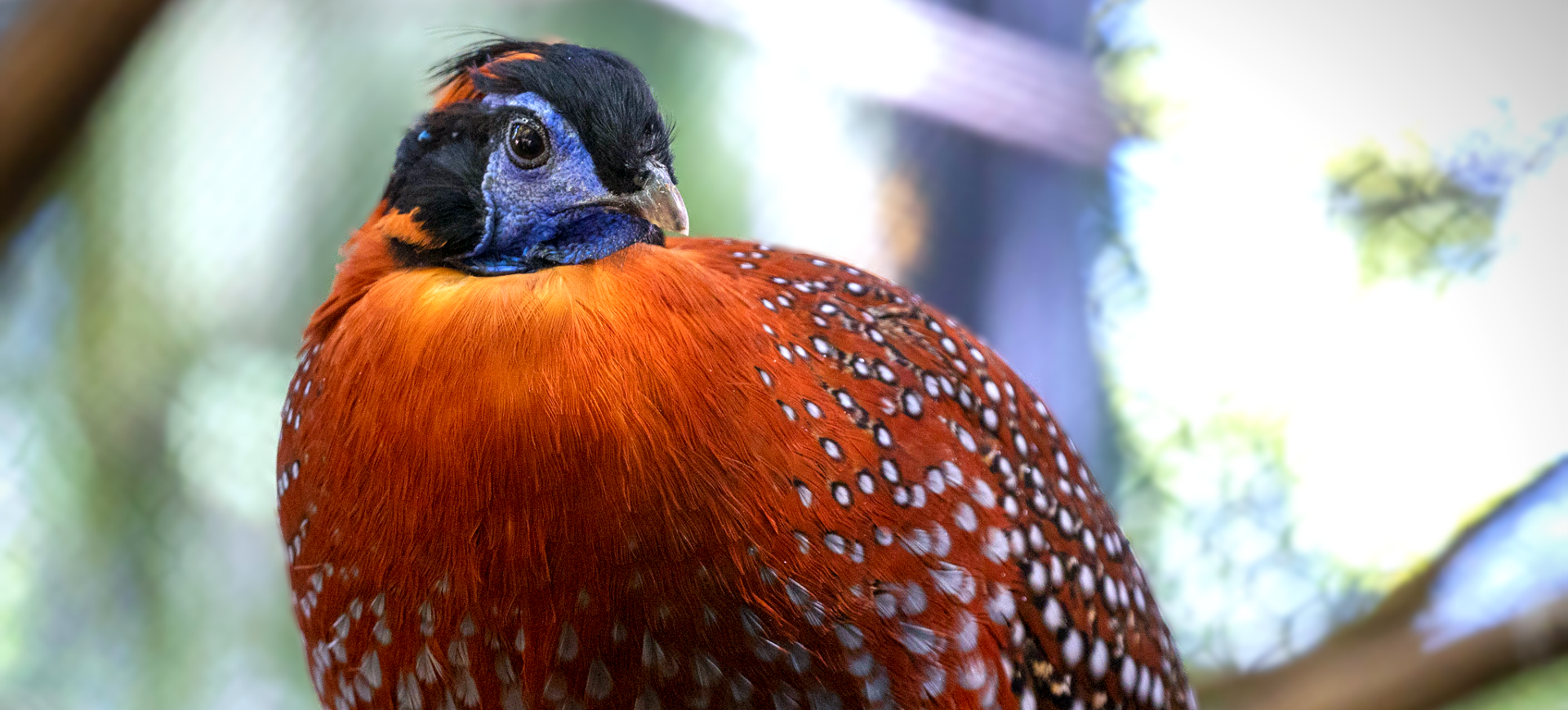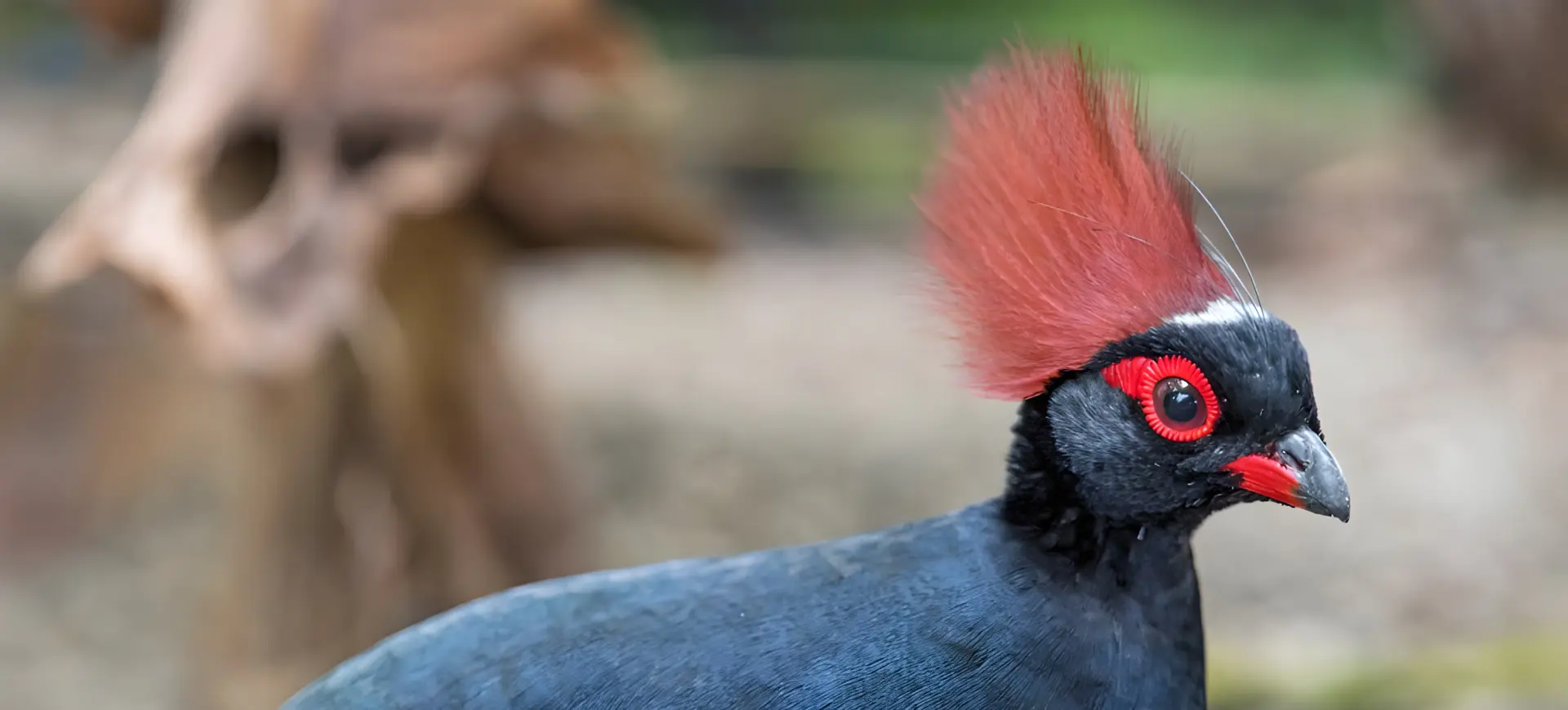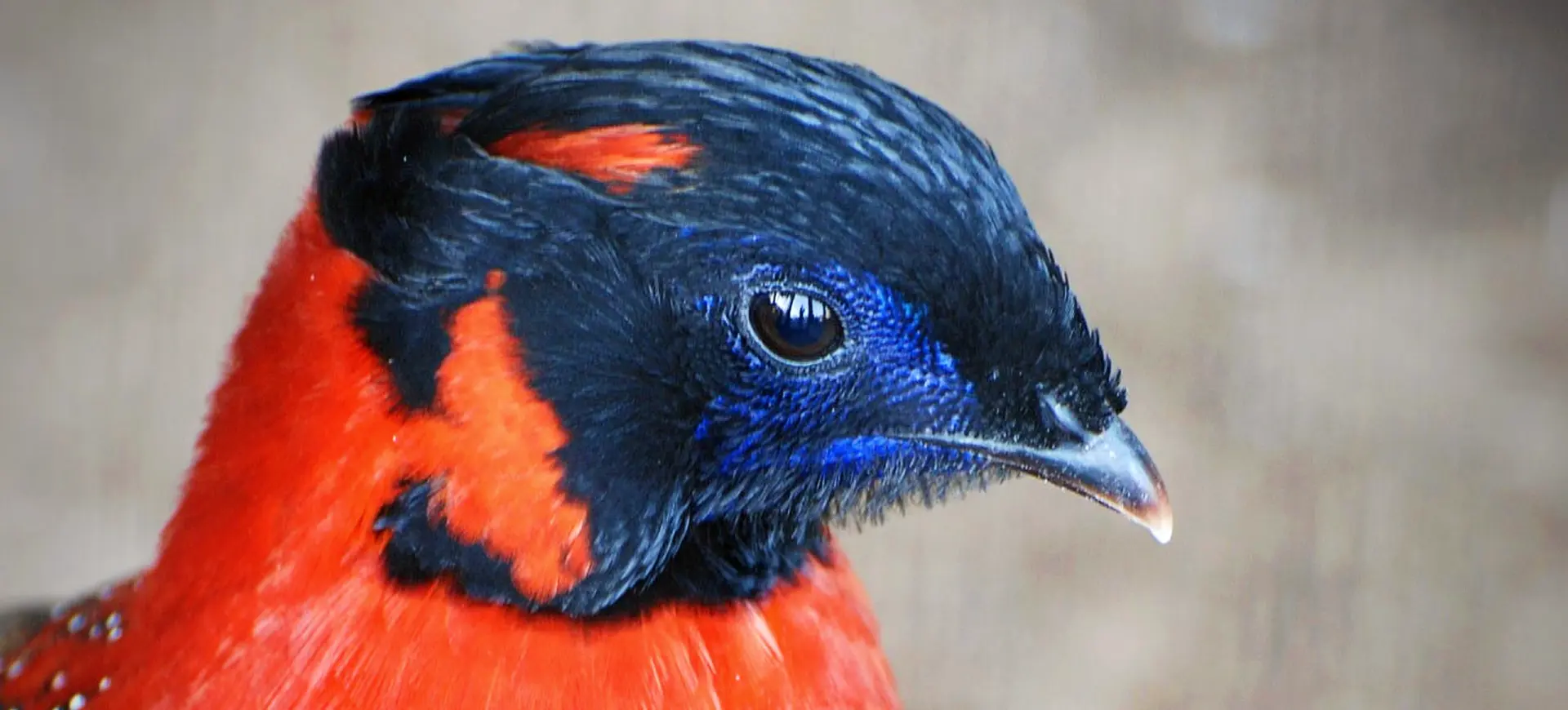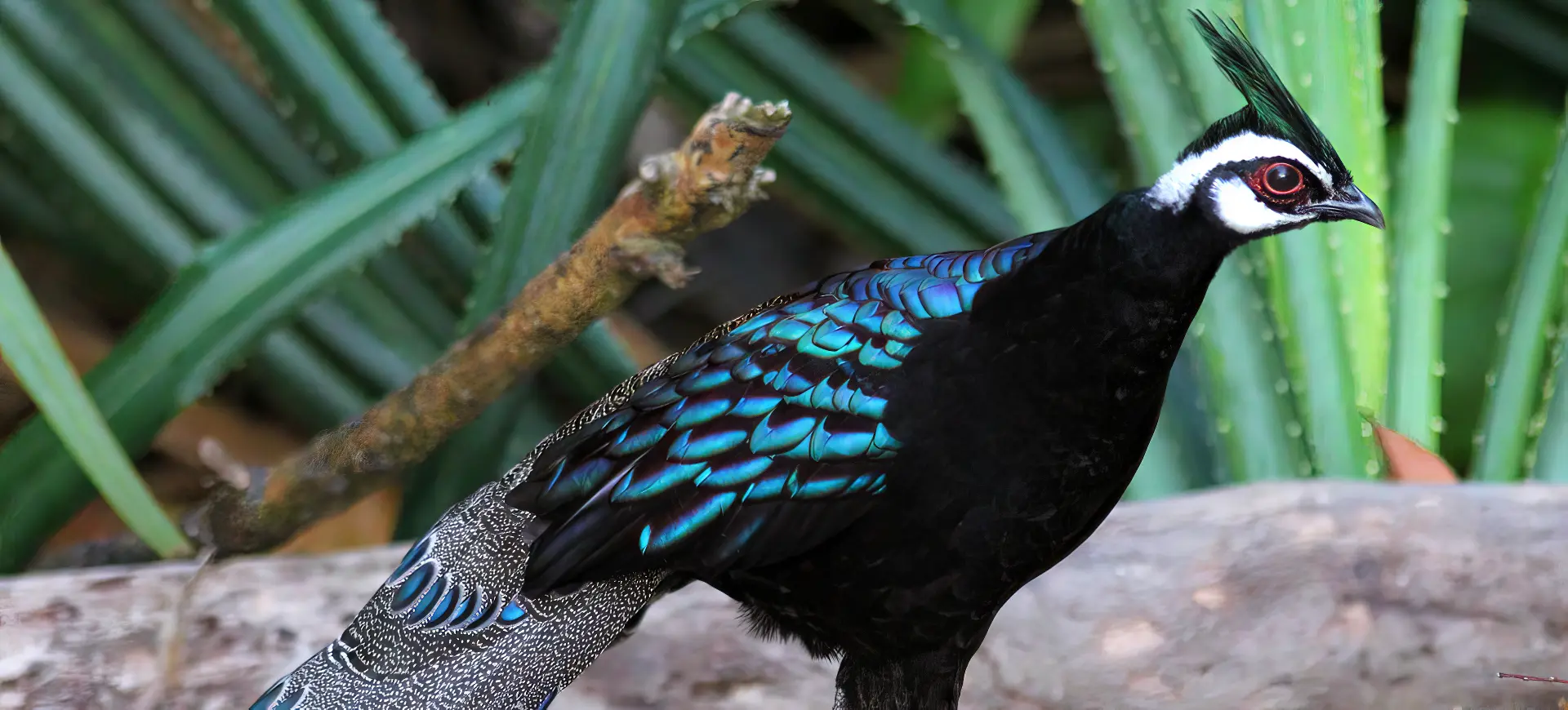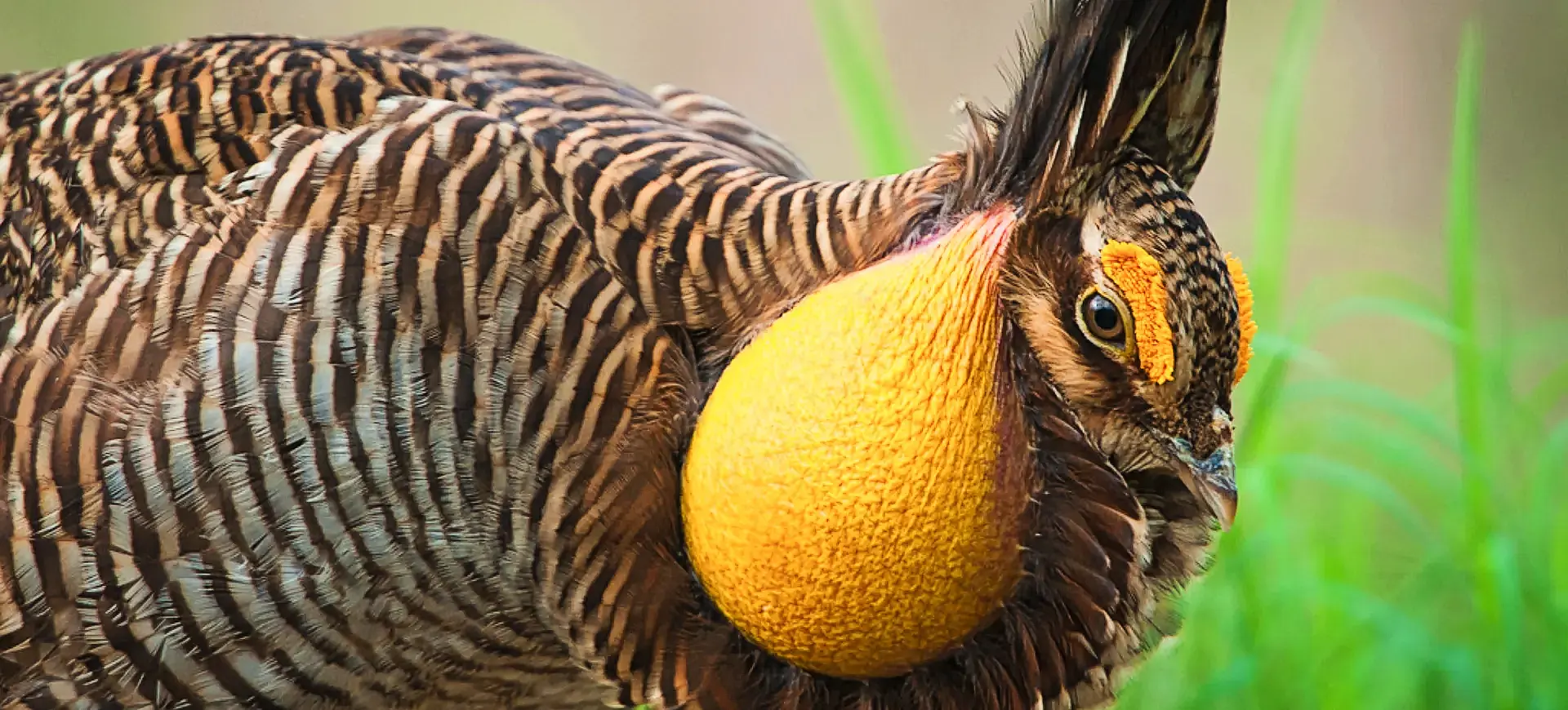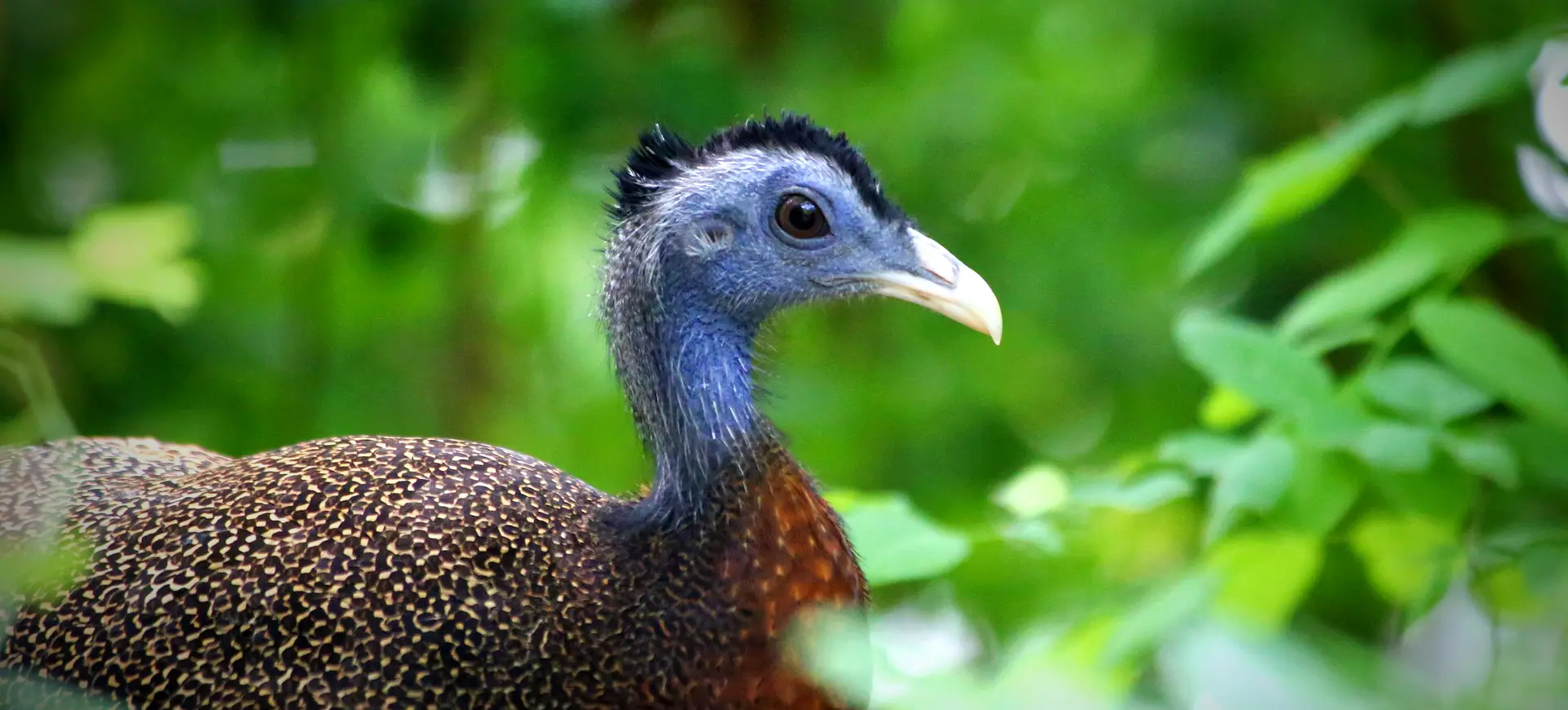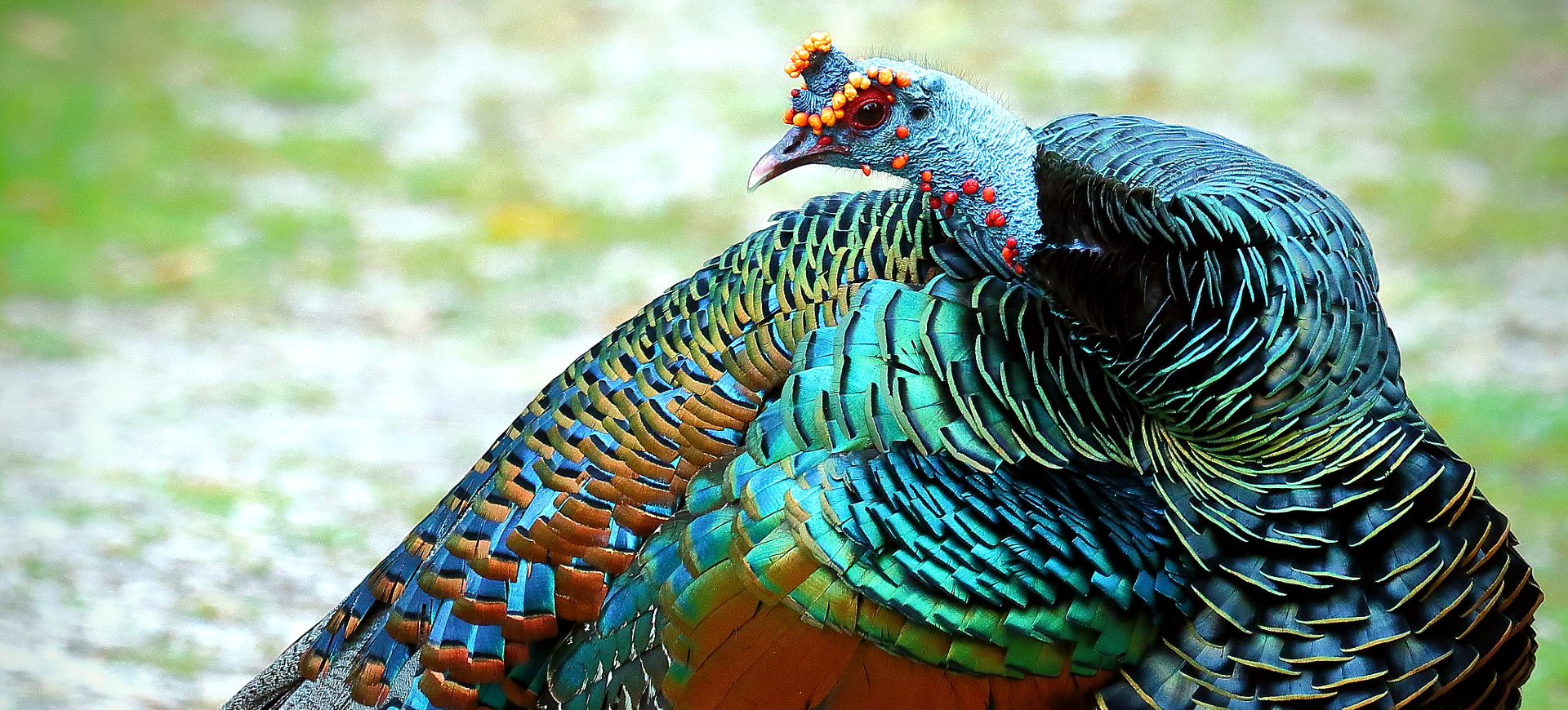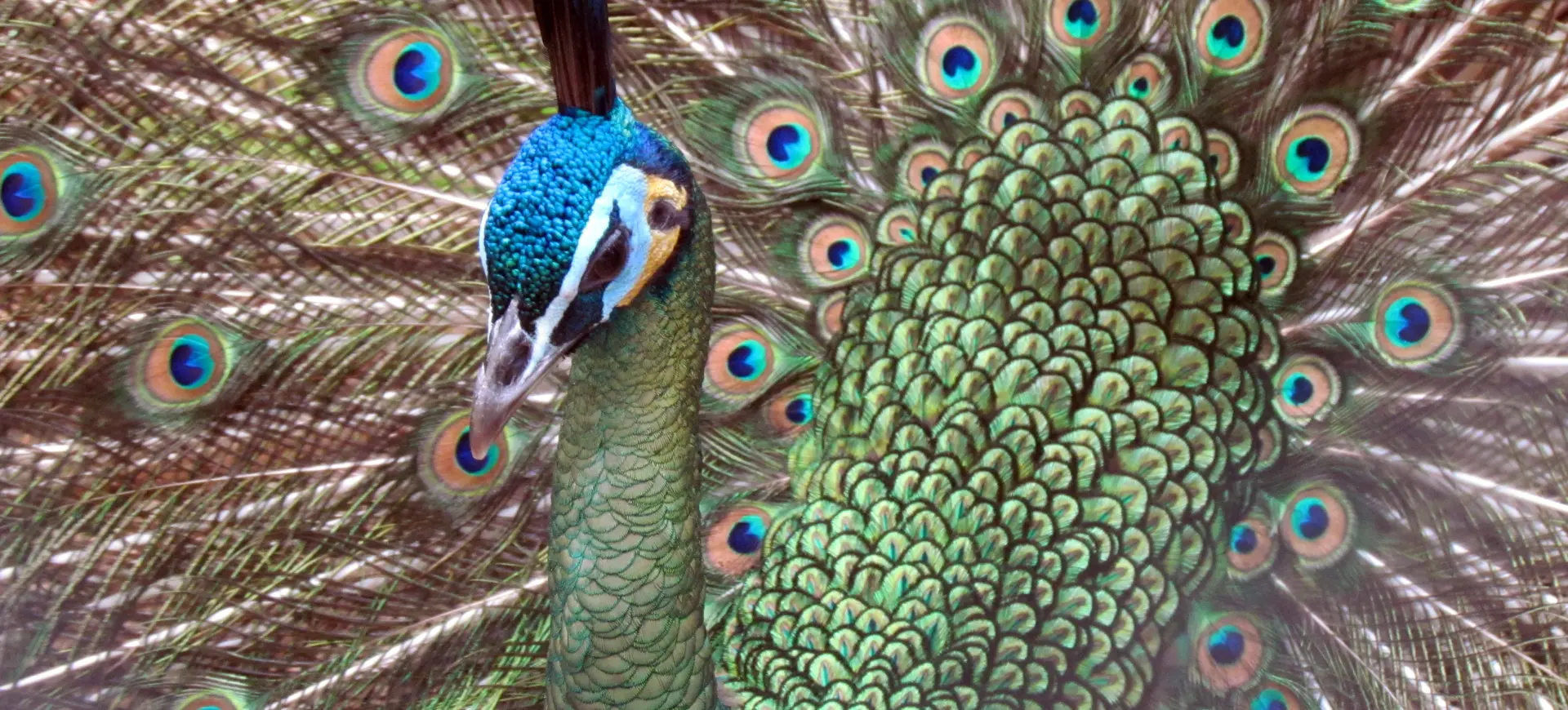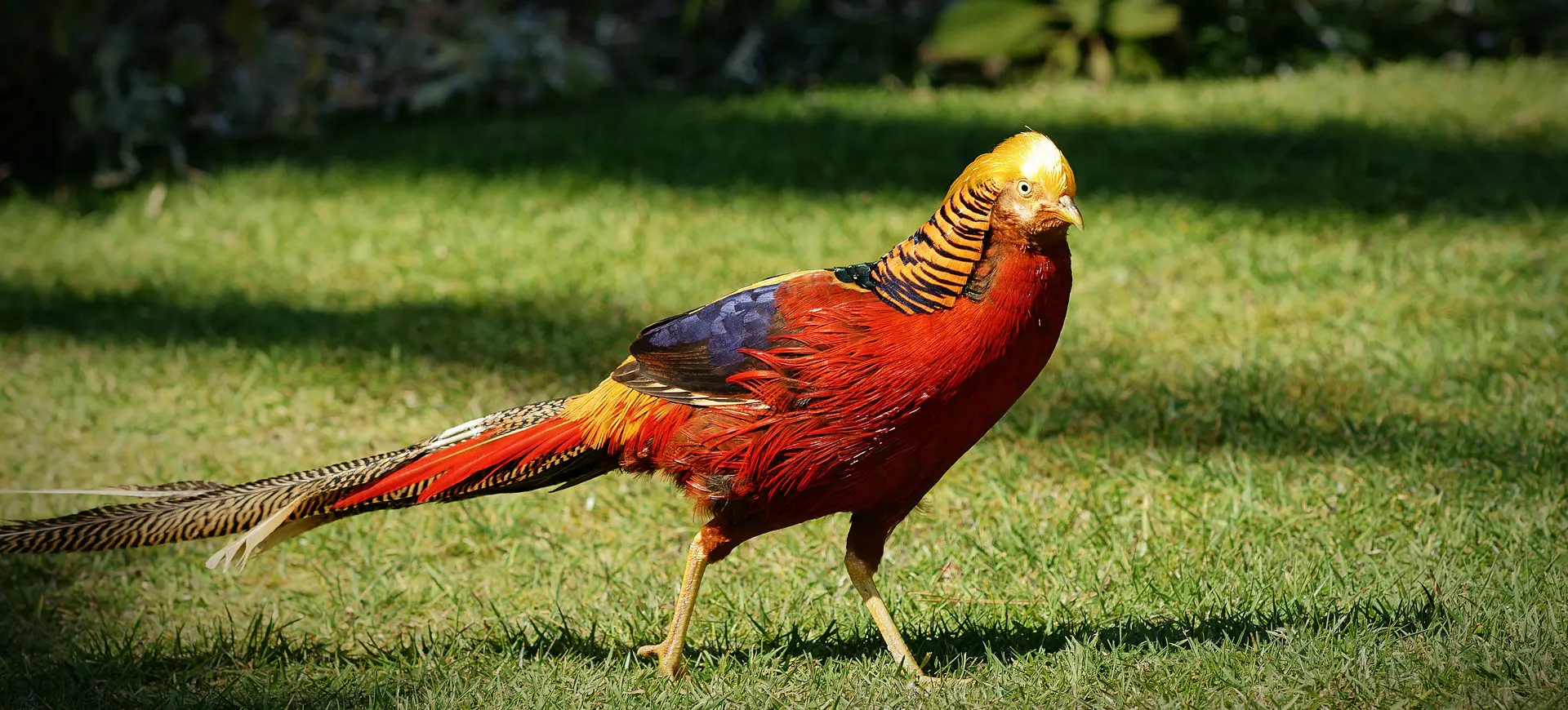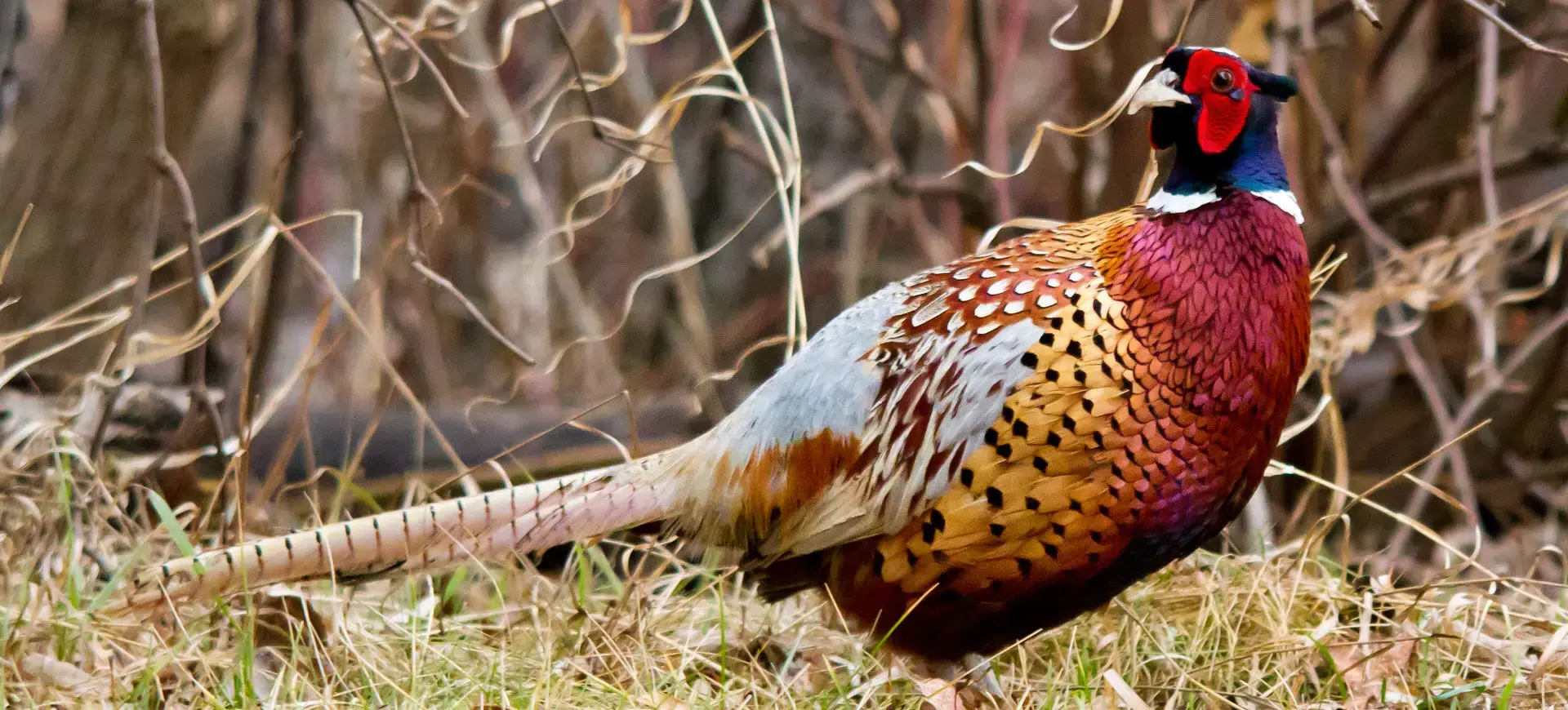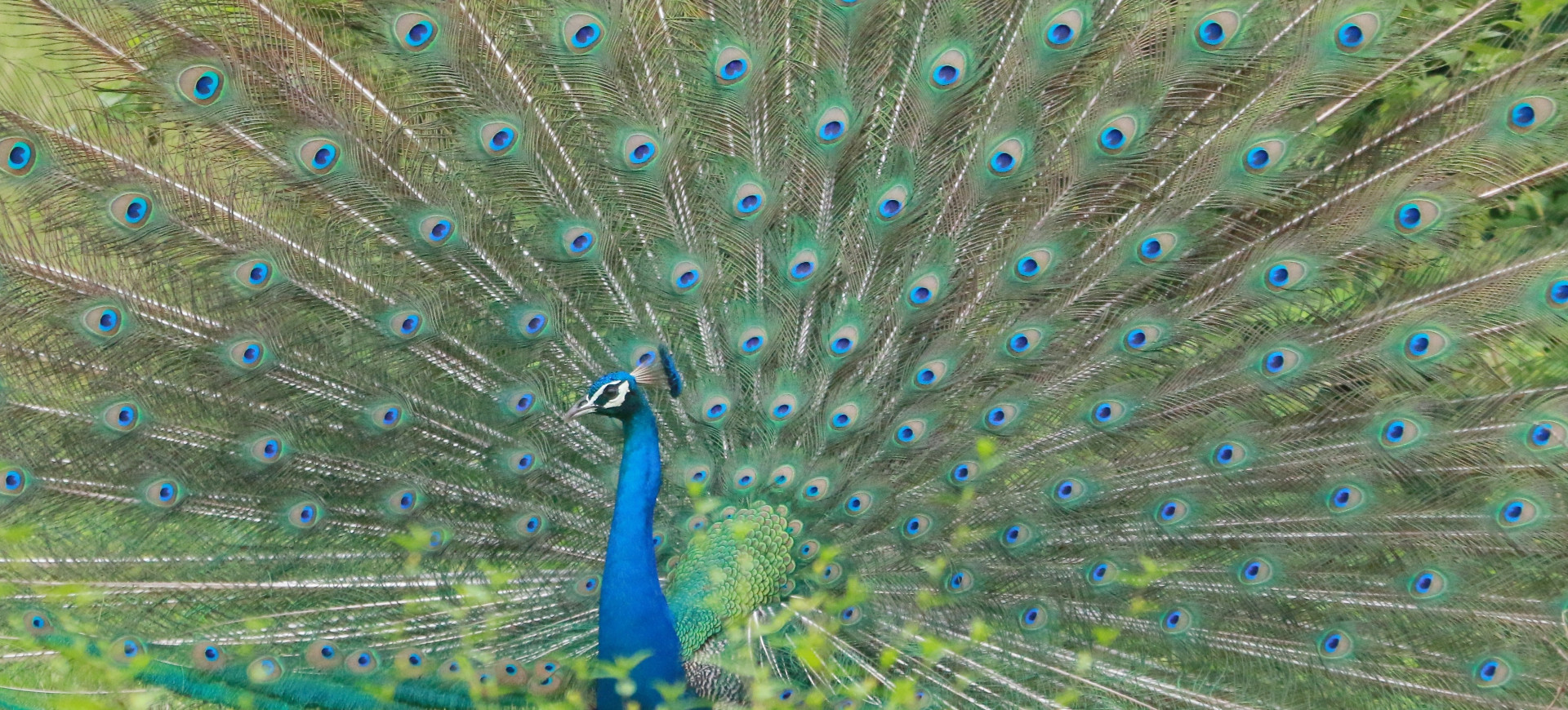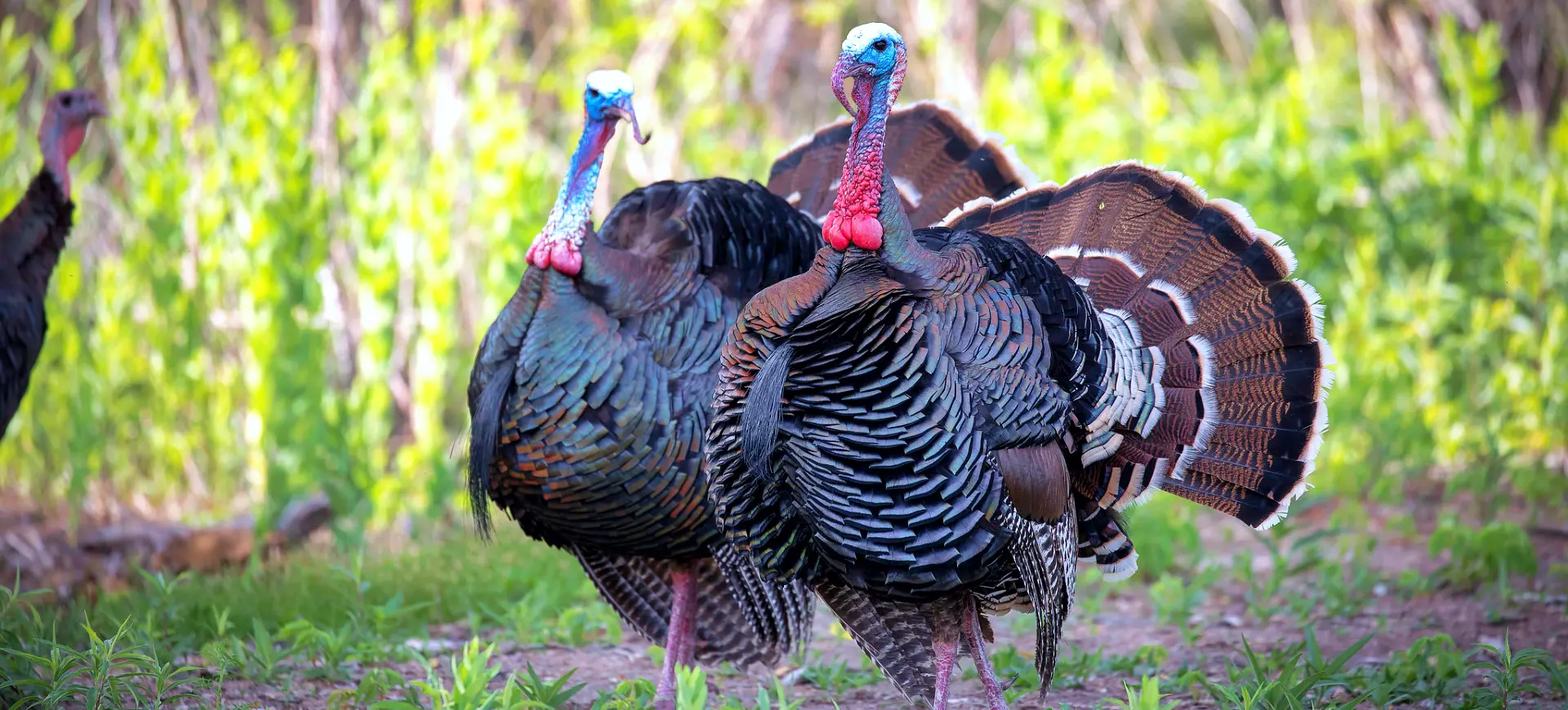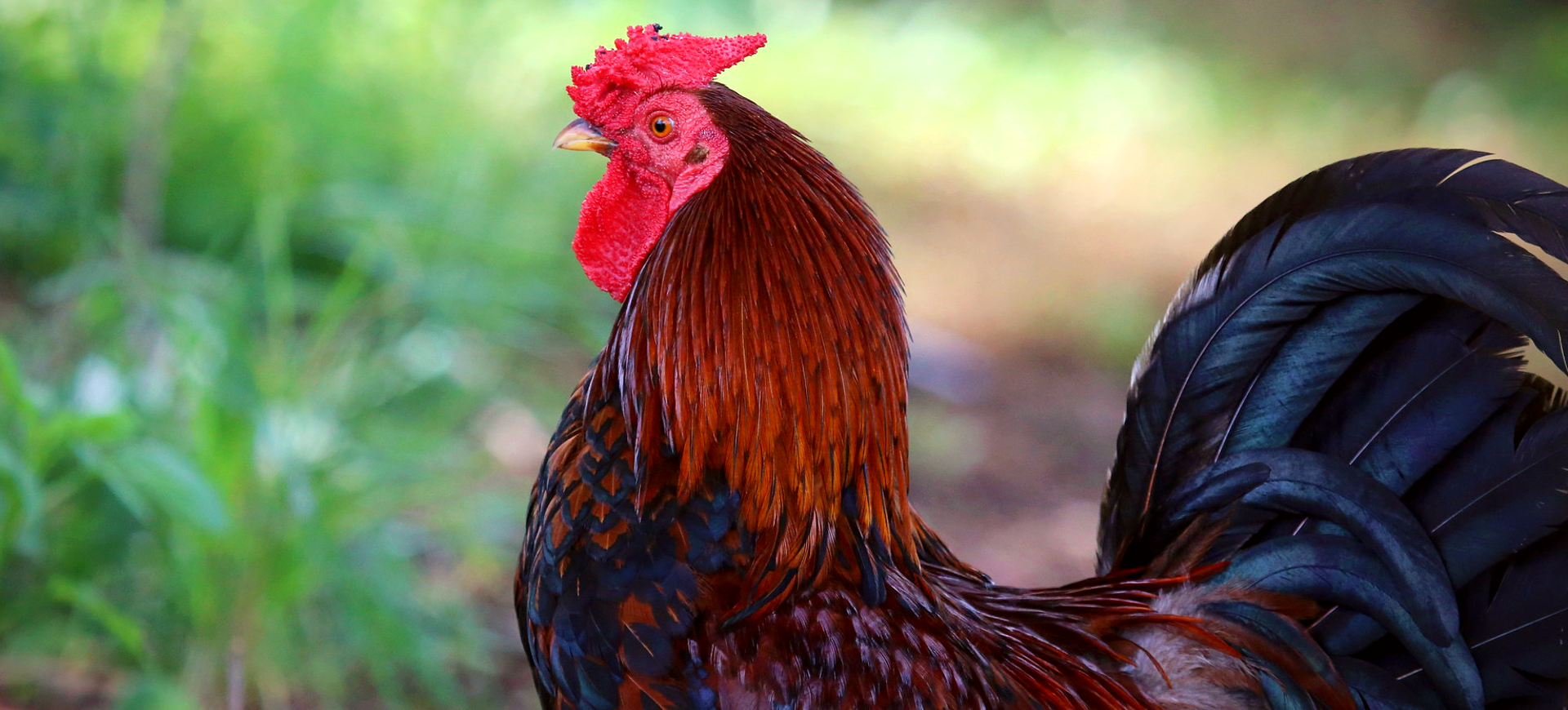Overview
The Gray Peacock-pheasant, scientifically known as Polyplectron bicalcaratum, is a spectacular bird native to Southeast Asian forests. It is renowned for its beautiful plumage, which features eye-catching iridescent feather patterns reminiscent of a peacock’s tail. The male, in particular, boasts an exquisite display of gray and brown feathers adorned with metallic blue and green spots, which he uses to attract females during mating displays. This bird inhabits dense undergrowth in subtropical and tropical forests, where its coloration blends seamlessly with the forest floor, providing camouflage from predators.
Despite its name, the Gray Peacock-pheasant is more modest in size and display than the genus Pavo’s true peacocks. However, its subtle beauty and the male’s elaborate courtship dance make it a fascinating subject of study and admiration. These birds are ground dwellers, feeding on a diet of seeds, fruits, insects, and small animals, which they forage from the forest floor. Their elusive nature and preference for dense forest habitats make them challenging to observe in the wild, contributing to their mystique among birdwatchers and nature enthusiasts.
Conservation efforts are crucial for the Gray Peacock-pheasant, as habitat loss and hunting pose significant threats to its population. The bird’s dependence on intact forest ecosystems underscores the importance of preserving its natural habitat. Education and awareness campaigns, along with protected areas, are key to ensuring the survival of this unique species. Sustainable forest management practices and anti-poaching measures are also essential components of conservation strategies aimed at protecting the Gray Peacock-pheasant and the biodiversity of its habitat.
Taxonomy
Kingdom
Phylum
Class
Order
Family
Genus
Species
Type
Physical Description:
The Gray Peacock-pheasant is a medium-sized bird, with the males distinctly larger and more colorful than the females. Males exhibit a remarkable plumage of gray, brown, and black feathers, intricately patterned with iridescent eye spots that shine in metallic hues of blue and green. These eye spots, which become more pronounced and numerous towards the tail, are a key feature in courtship displays. While more subdued in color, the female shares the eye-spot pattern in a less vivid form, providing her with excellent camouflage among the forest floor’s leaf litter.
Both sexes have a crest of short feathers on the head, and their tails are long and rounded, contributing to their elegant appearance. The bird’s beak is strong and curved, adapted for their omnivorous diet, and their legs are robust, equipped for scratching the ground in search of food. The Gray Peacock-pheasant’s physical adaptations, including its camouflaged plumage and ground-dwelling habits, are a testament to its evolution within the dense forests of Southeast Asia. Their beauty and grace, particularly during the male courtship dance, symbolize the rich biodiversity in their natural habitat.

Lifespan: Wild: ~15 years || Captivity: ~20 years

Weight: Male: 1.8-2.4 lbs (0.8-1.1 kg) || Female: 1.5-2.0 lbs (0.7-0.9 kg)

Length: Male & Female: 24-30 in (60-75 cm)

Top Speed: Unknown
Characteristic:
Native Habitat:
The Gray Peacock-pheasant is native to the dense, humid forests of Southeast Asia, ranging from the foothills of the Himalayas to the forests of Myanmar, Thailand, Laos, Vietnam, and parts of China. Their preferred habitat includes subtropical and tropical forests with thick undergrowth, where they find shelter and food. These birds are highly adapted to life on the forest floor, where their camouflaged plumage allows them to blend in with their surroundings, avoiding predators. Preserving their forest habitat and providing essential feeding, breeding, and shelter resources are critical.
The bird’s habitat is increasingly threatened by deforestation, logging, and land conversion for agriculture and human settlement. Conservation of these forested areas is essential for maintaining the Gray Peacock-pheasant population and the region’s overall biodiversity. Protected areas and national parks play a crucial role in conserving their natural habitats and supporting efforts to safeguard this species and many others that share their environment. Sustainable forestry practices and community-based conservation initiatives can help mitigate habitat loss and ensure the long-term survival of the Gray Peacock-pheasant in its native range.
Climate Zones:
Biomes:
WWF Biomes:
Biogeographical Realms:
Continents:
Diet:
Diet & Feeding Habits:
The Gray Peacock-pheasant is an omnivore whose diet encompasses various food items, including seeds, fruits, insects, and small invertebrates. This varied diet reflects the bird’s ability to utilize the resources available in its forest floor habitat. They are particularly adept at foraging, using their strong legs to scratch and uncover hidden food sources beneath the leaf litter. Seasonal variations in food availability influence their diet, with a higher intake of insects and invertebrates during the wet season when these prey items are more abundant.
In addition to their natural diet, Gray Peacock-pheasants in areas adjacent to human habitation may also feed on cultivated grains and other food items locals provide. Their feeding behavior plays a crucial role in seed dispersal, contributing to the health and regeneration of their forest habitats. The birds usually forage in pairs or small family groups, maintaining close contact through soft calls as they move through the underbrush. Protecting their feeding grounds from deforestation and agricultural expansion is vital for conserving this species, ensuring they have access to the diverse diet necessary for survival.
Mating Behavior:
Mating Description:
The Gray Peacock-pheasant exhibits a fascinating mating behavior, with the male performing a complex and visually striking courtship display to attract females. During the breeding season, males showcase their beautiful plumage, fanning their tails and spreading their wings to reveal the iridescent eye spots while emitting calls and movements designed to impress potential mates. This display highlights the male’s physical condition and genetic quality and is crucial in female choice, influencing mating success. The ritual is often performed in small clearings or along forest paths, where the female can fully appreciate the visual spectacle.
Following a successful courtship, the pair will mate, and the female will take on the responsibility of nest-building, choosing a well-concealed spot on the ground among dense vegetation. The nest is a simple scrape lined with leaves and feathers, where the female lays and incubates the eggs. Both parents participate in rearing the young, with the male helping to feed the chicks once they hatch. Protecting the breeding habitats of the Gray Peacock-pheasant is vital for their reproduction, as disturbance or destruction of these areas can significantly impact their ability to breed successfully.
Reproduction Season:
Birth Type:
Pregnancy Duration:
Female Name:
Male Name:
Baby Name:
Social Structure Description:
The Gray Peacock-pheasant is primarily a solitary or pair-living bird, especially outside the breeding season. They maintain territories, which they defend against intruders through vocalizations and displays. The strong pair bond formed during the breeding season may persist, with pairs staying together to raise their young and possibly maintaining their partnership across breeding seasons. The social structure of the Gray Peacock-pheasant, characterized by territoriality and pair bonding, plays a crucial role in their survival and reproductive success.
The bird’s social behavior is adapted to its dense forest environment, where visual contact can be challenging. Vocal communications are essential for maintaining contact between pairs and signaling the presence of predators or intruders. Understanding the social dynamics of the Gray Peacock-pheasant is important for conservation planning, as disturbances to their social structure can adversely affect their breeding success and overall population stability. Protecting their natural habitats and ensuring they have the space and resources to exhibit their natural behaviors are essential for their conservation.
Groups:
Conservation Status:
Population Trend:
The Gray Peacock-pheasant is classified as Near Threatened by the IUCN, with its population trend decreasing. The primary factors contributing to this decline include habitat loss, fragmentation, and hunting. In many parts of its range, forests are being cleared for agriculture, timber, and development, reducing the available habitat for this species. Additionally, hunting for food and feathers, although not as widespread as habitat destruction, directly threatens their populations.
Efforts to assess the population size and trends of the Gray Peacock-pheasant are hindered by its elusive nature and the challenging terrain of its habitat. However, targeted conservation actions, including habitat protection, anti-poaching measures, and community engagement, are essential to halt and reverse this species’ decline. Research into its ecology, behavior, and population dynamics is also crucial for informing conservation strategies and ensuring the long-term survival of the Gray Peacock-pheasant in the wild.
Population Threats:
The Gray Peacock-pheasant faces several significant threats, with habitat loss due to deforestation and land conversion being the most critical. The expansion of agriculture, logging activities, and infrastructure development has led to the fragmentation of their habitat, isolating populations and reducing their ability to find food, mate, and nest. Although localized, hunting for meat and feathers also threatens their survival, particularly in areas where enforcement of wildlife protection laws is weak.
The impact of these threats is exacerbated by the bird’s requirement for dense forest habitats, which are increasingly under pressure across Southeast Asia. Climate change poses an additional long-term threat, potentially altering the bird’s habitat and the availability of food resources. Addressing these threats requires a multi-faceted approach, combining habitat protection, sustainable land-use planning, enforcement of hunting regulations, and climate adaptation strategies to ensure the conservation of the Gray Peacock-pheasant.
Conservation Efforts:
Conservation efforts for the Gray Peacock-pheasant are focused on protecting and restoring its forest habitat, implementing anti-poaching measures, and raising awareness about the species and its ecological value. Protected areas play a critical role in conserving their habitat, but these must be effectively managed and expanded to cover key areas of the bird’s range. Community-based conservation initiatives can also contribute to protecting the Gray Peacock-pheasant by engaging local communities in habitat restoration and sustainable land-use practices.
Education and awareness campaigns are essential for reducing hunting pressure and fostering a conservation ethic among local populations. International collaboration is necessary to address cross-border conservation challenges and share best species protection practices. Research and monitoring are also crucial for understanding the bird’s ecology, assessing conservation status, and evaluating the effectiveness of conservation interventions. Through coordinated conservation efforts, it is possible to secure a future for the Gray Peacock-pheasant and the rich biodiversity of its forest habitat.
Additional Resources:
Fun Facts
- The Gray Peacock-pheasant is sometimes called the “spotted peafowl” due to its eye-catching feather patterns.
- Unlike true peacocks, the Gray Peacock-pheasant’s tail feathers do not form a large fan but are used in stunning courtship displays.
- This species can produce various sounds, including whistles, clicks, and calls, used for communication and during courtship.
- The iridescent spots on their feathers can change color when viewed from different angles, adding to their mesmerizing appearance.
- Gray Peacock-pheasants are known for their shyness and elusiveness. They are often detected by their distinctive calls rather than being seen.
- The species plays a vital role in forest ecosystems, aiding seed dispersal and controlling insect populations.
- In some cultures, the Gray Peacock-pheasant is associated with good luck and prosperity, adding to its value beyond its ecological importance.
- Their nests are simple scrapes on the ground, which the female camouflages with surrounding vegetation to protect the eggs from predators.
- The Gray Peacock-pheasant’s ability to blend into its environment is a remarkable example of natural camouflage.
- Conservation efforts for the Gray Peacock-pheasant help protect this species and contribute to the preservation of Southeast Asia’s rich forest biodiversity.





